Singing Coyote
At 2 a.m. on Sunday the 31st of August, 2008 I recorded several groups of coyotes. I had placed three different recorders at different locations within a half mile of each other. My best recording was of a single male coyote. It was so close to the microphone that it almost overpowered the unit. I won’t ever record a better single coyote than this one. The first clip is the original and in the second clip I filtered out the cicadas.
These sounds may not be my desired target species but they are still wonderful sounds to hear and record. Hopefully I am increasing my recording skills and learning techniques to record other animals as well.
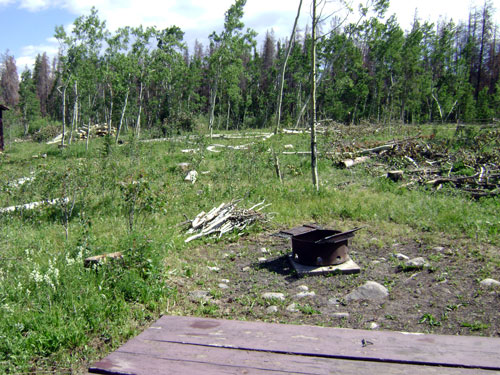


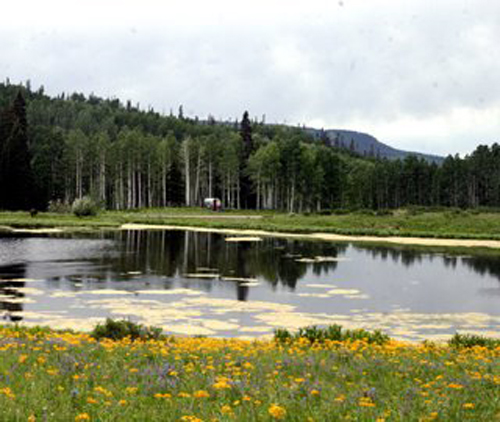
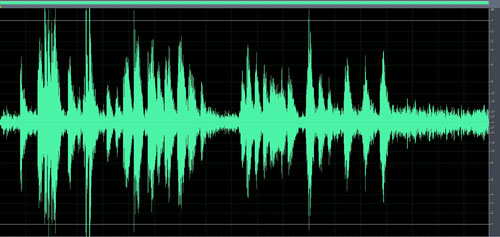
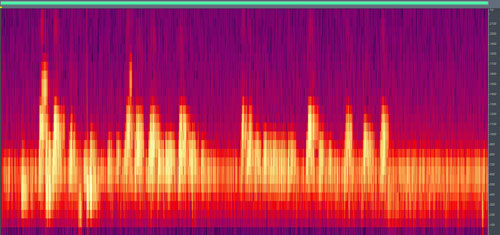
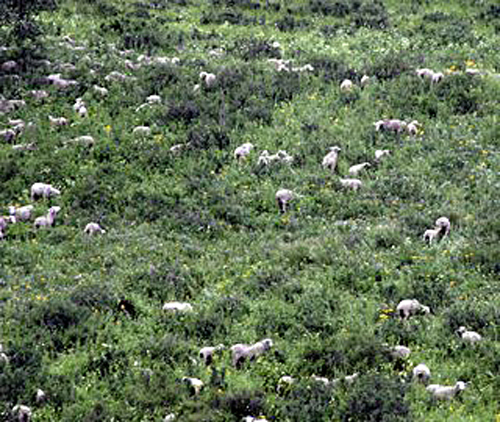
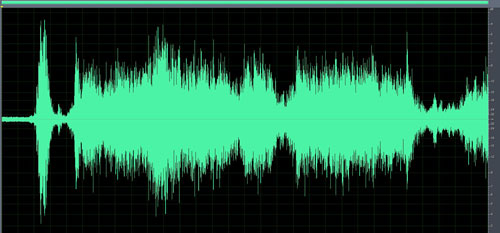

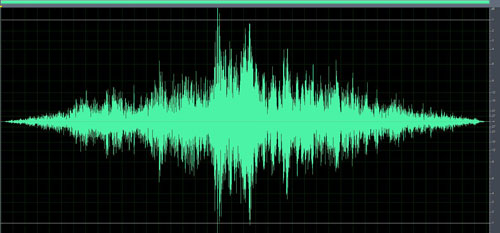
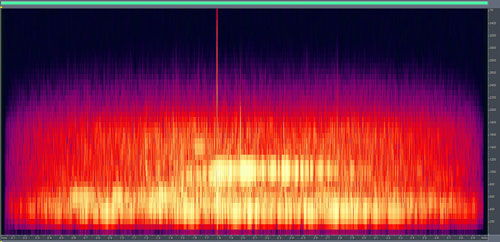
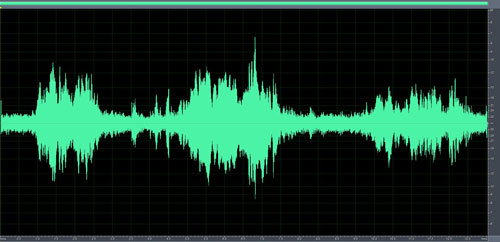
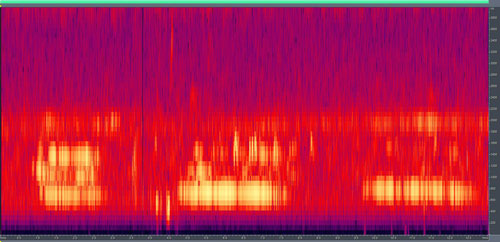

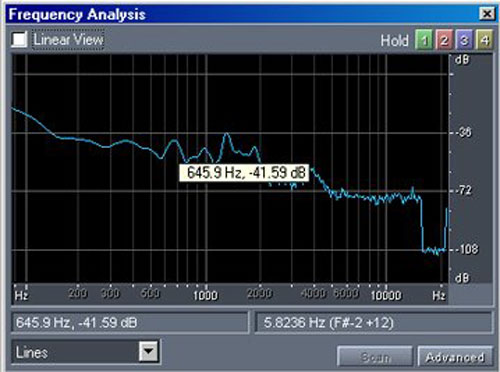
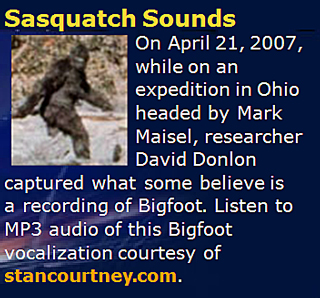






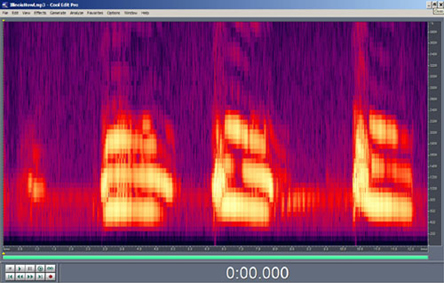
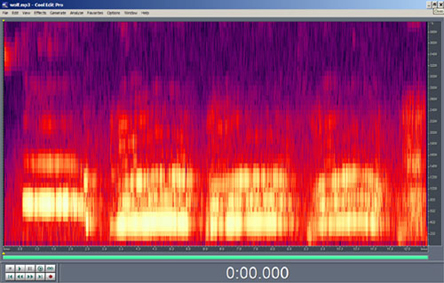
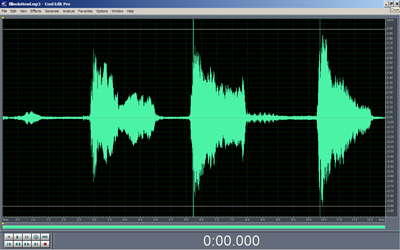





 Â
Â